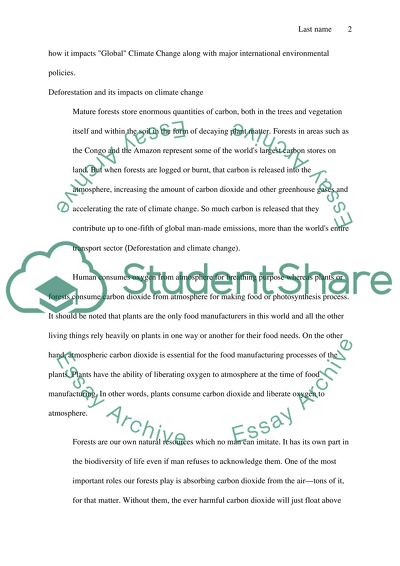Cite this document
(“Deforestation Research Paper Example | Topics and Well Written Essays - 2250 words”, n.d.)
Retrieved from https://studentshare.org/environmental-studies/1398125-deforestation
Retrieved from https://studentshare.org/environmental-studies/1398125-deforestation
(Deforestation Research Paper Example | Topics and Well Written Essays - 2250 Words)
https://studentshare.org/environmental-studies/1398125-deforestation.
https://studentshare.org/environmental-studies/1398125-deforestation.
“Deforestation Research Paper Example | Topics and Well Written Essays - 2250 Words”, n.d. https://studentshare.org/environmental-studies/1398125-deforestation.


